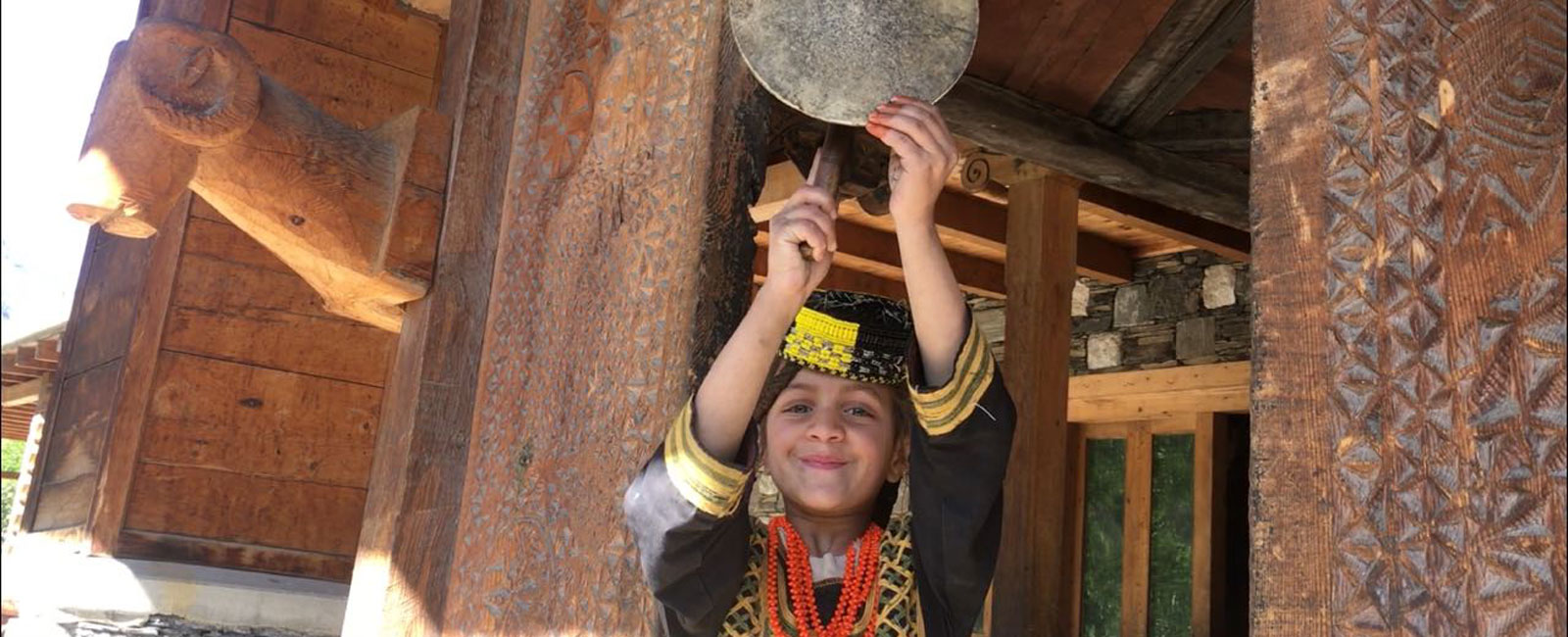School in Kalash where heritage is preserved in people
The school is situated within the premises of Bumboret museum where children are taught about Kalash culture in their native language

PESHAWAR: The people of Kalash in Chitral have been working to preserve their heritage so as to save it from becoming a part of the past. One of their efforts is the school constructed within the premises of a museum in Bumboret, where students are taught about their culture and heritage in the native language along with classes on subjects from the regular curriculum.
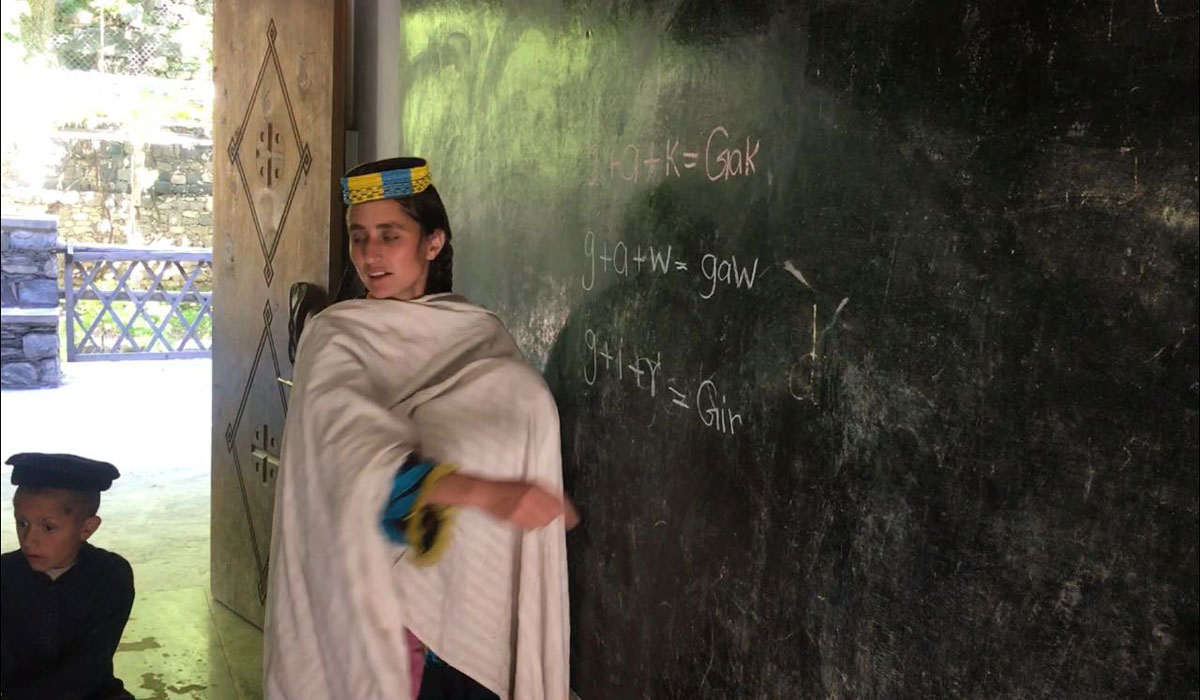
The school, called Kalash Culture and Traditional School, was built in 2007 and currently has 200 pupils studying in primary grades.
While talking to Geo News Kalash Culture and Traditional School Chairperson Imran Kabeer said the school was built by a group of young women and men of Kalash, who came up with the idea when they saw children of the community losing touch with their local culture.
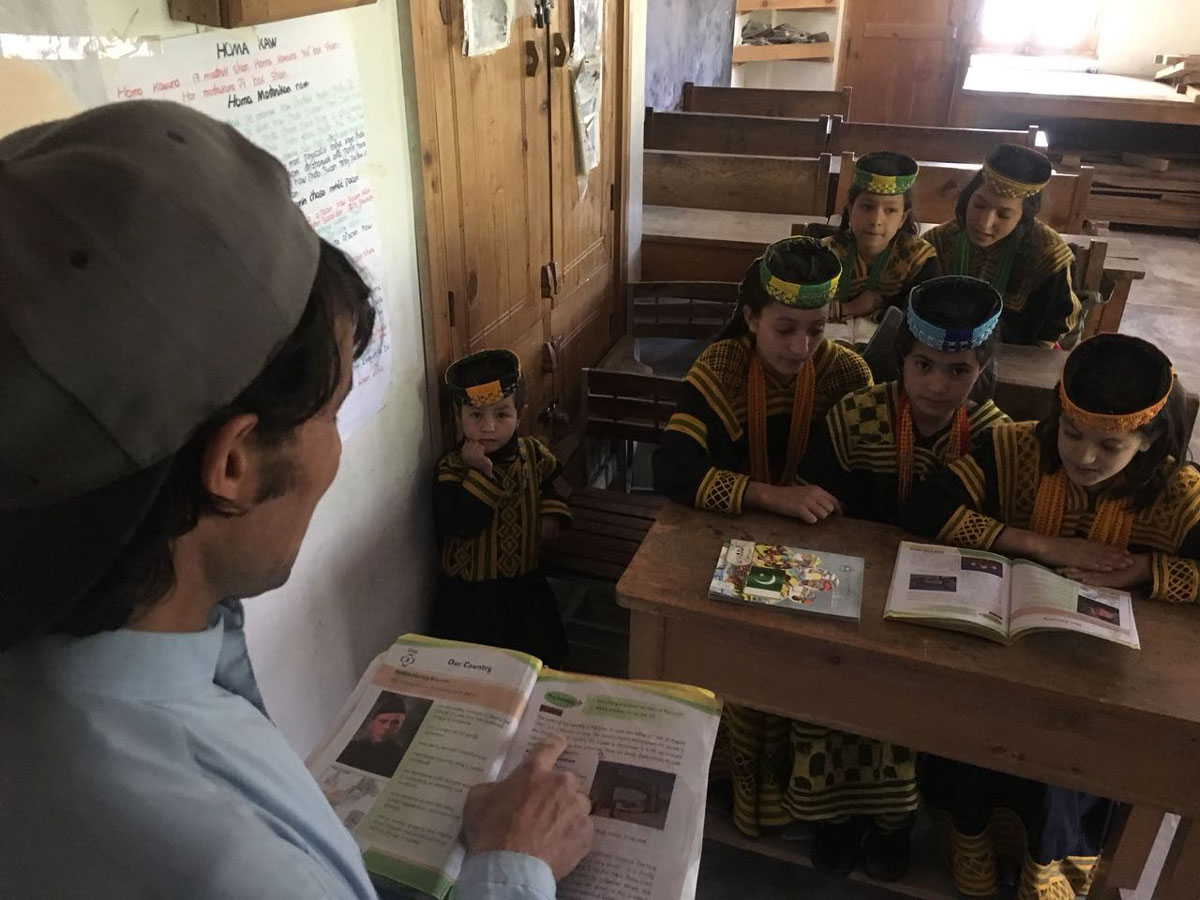
He added school expenses are paid through earnings that come from the museum, but locals have been strongly supporting the initiative as most of the teachers are working voluntarily.
So far students are enrolled in primary as the school has not yet been registered for matriculation, Kabeer said, adding that until then children of the valley were being taught basic subjects in their native language called Kalasha.
Keeping the valleys intact
The locals are also supported by Khyber Pakhtunkhwa Directorate of Archaeology and Museums in preserving their heritage. The provincial department is playing its part with a project for restoration of the crumbling infrastructure of Kalash valleys.
Under the three-year project that would cost Rs60 million, the KP government would restore three old houses in the valleys and will also expand the 700-year-old graveyard of Kalash community that is situated in Bumboret.
KP Directorate of Archaology Field Officer Syed Gul Kalash, who is also the incharge of Chitral museum, told Geo News rearrangement would be done in the graveyard to create walking space for tourists and others going there.
Earlier, Kalash people would place bodies on the ground in the graveyard with wooden planks separating each grave, but since the past 80 years they have started burying their deceased due to various reasons.
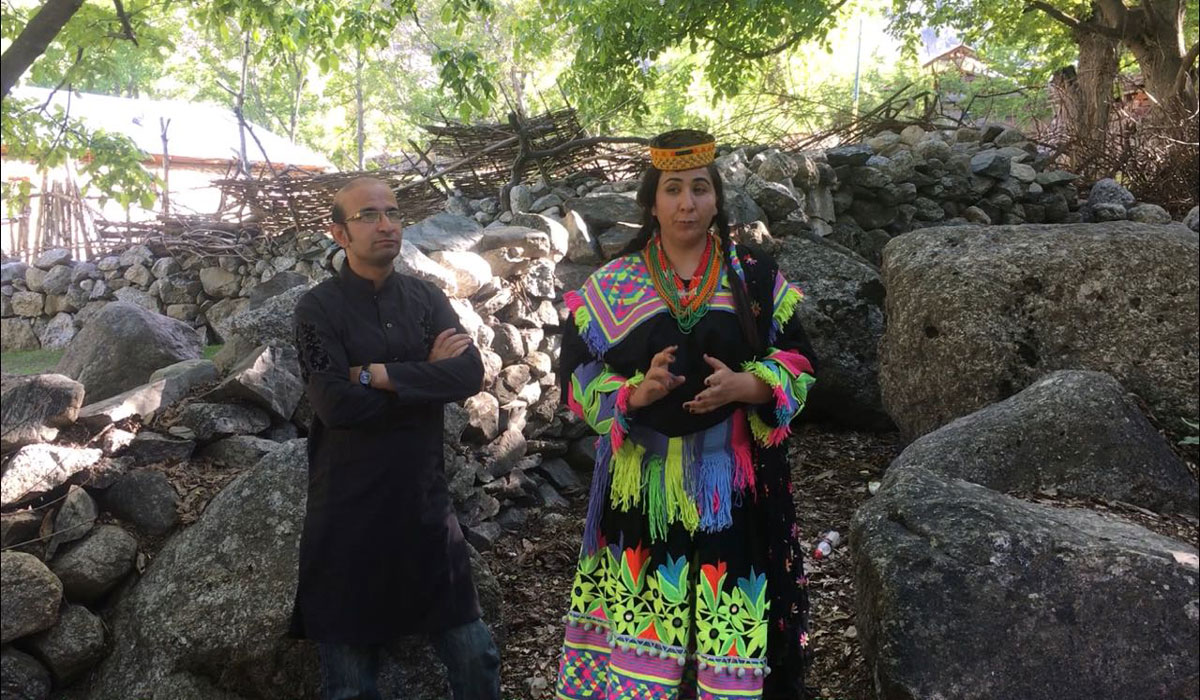
Other than the graveyard, halls built in the valleys for festive occasions would also be expanded to accommodate more people.
The idea of expanding halls was suggested by Wazeerzada, a social activist belonging to the community.
A social activist belonging to the Kalash community, Wazeerzada, said they wanted to expand the halls in order to easily accommodate locals and tourists, who come to their valleys to see the annual festivities.
Wazeerzada said they sent a proposal for expansion of halls and graveyard to the KP government that disbursed the funds with which they would be buying the required land.
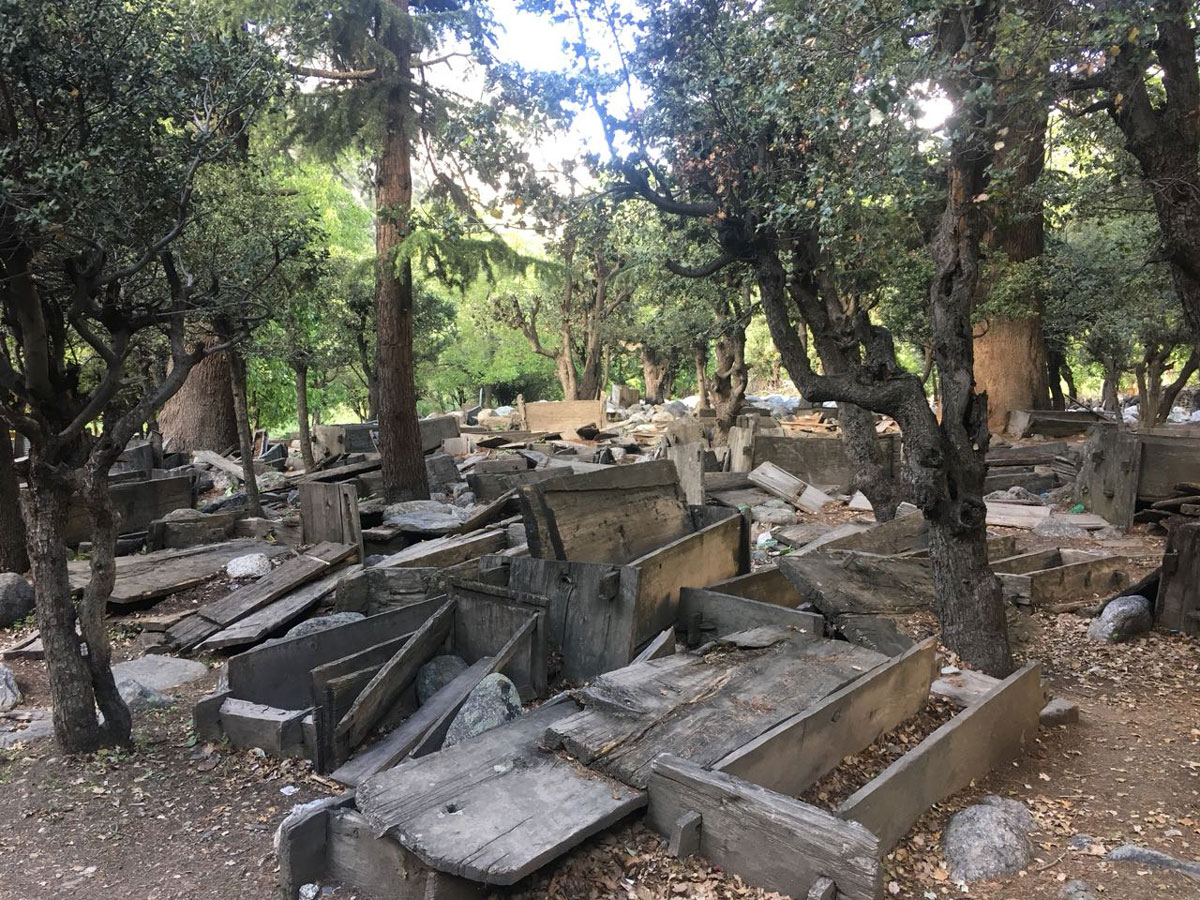
The Kalash people have been living in the valleys, amid mountains of Chitral, since hundreds of years.
While talking about the Kalash community, an expert on archaeology, Nawazuddin, said some researchers suggest that Kalash people came to the valleys in Chitral from Afghanistan with Alexander the Great and stayed there as they could not leave because of harsh weather conditions. Other research states they migrated to the valleys because of the water and greenery there.



